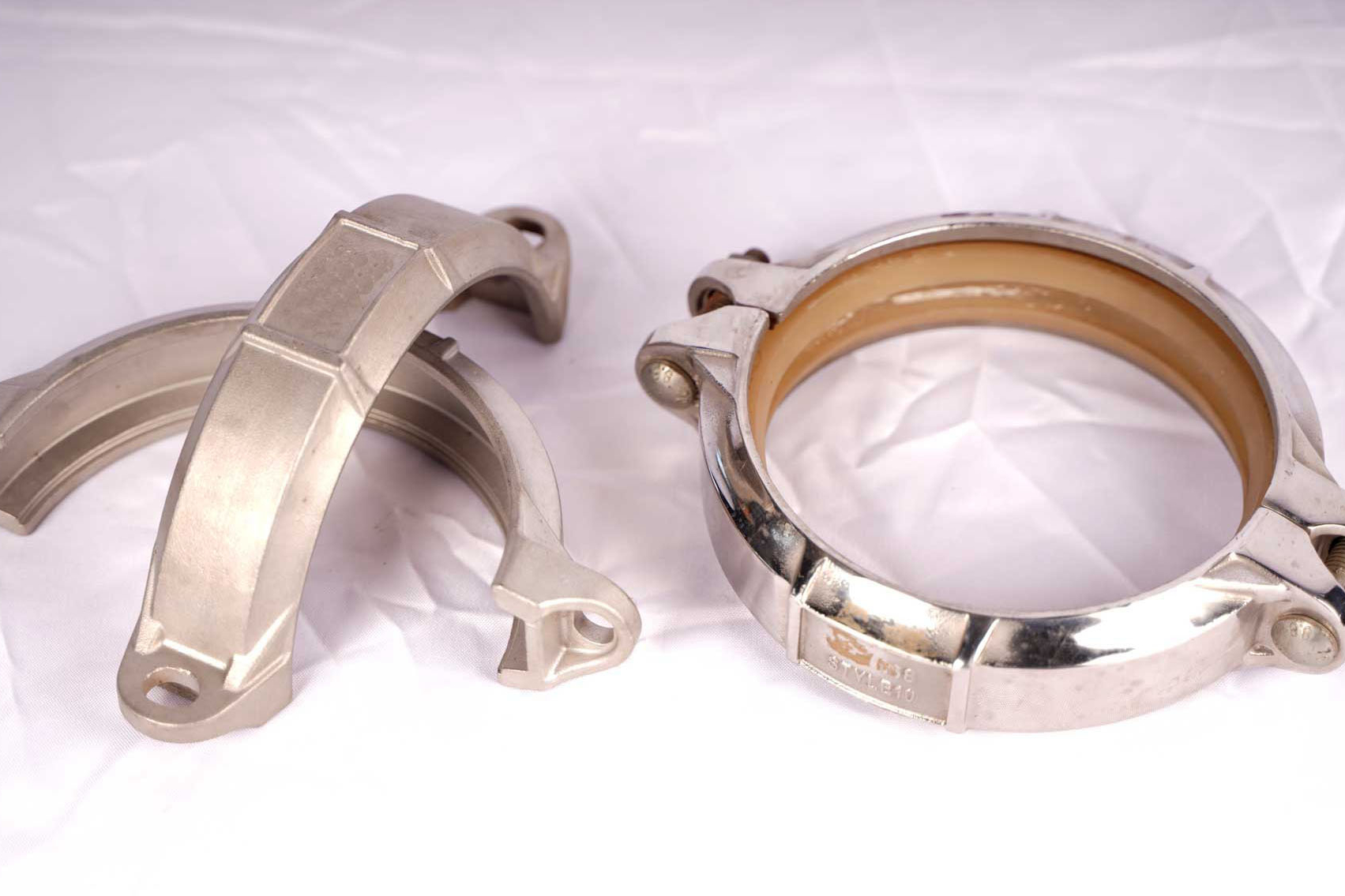Ti-6Al-4V (TC4) Lost Wax Casting Aircraft Landing Gear Workshop
Introduction
Ti-6Al-4V, also known as TC4, is the most widely used titanium alloy in aerospace due to its high strength-to-weight ratio, excellent corrosion resistance, and reliable fatigue performance. At our dedicated aircraft landing gear workshop, we use precision lost wax casting to manufacture TC4 components for landing gear systems, achieving ±0.05 mm dimensional tolerance and porosity below 1%.
These titanium castings are optimized for aerospace structural systems, including gear support arms, brackets, and actuated interfaces exposed to high impact and cyclic loading.
Core Technology: Lost Wax Casting of Ti-6Al-4V (TC4)
We employ vacuum investment casting for TC4 components to prevent oxygen contamination and alpha-case formation. The alloy is melted and cast at ~1650°C into ceramic molds (8–10 shell layers) preheated to ~1000°C. Controlled cooling rates (30–70°C/min) produce refined equiaxed grain structures (0.5–2 mm), supporting high fatigue strength and consistent mechanical performance.
Material Characteristics of Ti-6Al-4V Alloy
Ti-6Al-4V (TC4) is a dual-phase α+β titanium alloy that balances mechanical strength, ductility, and corrosion resistance. It is widely used in flight-critical components. Key properties include:
Property | Value |
|---|---|
Density | 4.43 g/cm³ |
Ultimate Tensile Strength | ≥950 MPa |
Yield Strength | ≥880 MPa |
Elongation | ≥10% |
Fatigue Strength (10⁷ cycles) | ~550 MPa |
Operating Temperature Limit | Up to 400°C |
Corrosion Resistance | Excellent in aerospace environments |
These attributes make TC4 the preferred material for structural gear components subjected to high loads and corrosive aviation conditions.
Case Study: TC4 Landing Gear Component Production
Project Background
An aerospace OEM required lightweight, high-strength torque link arms and side-bracing joints for a main landing gear assembly. Our workshop supplied vacuum-cast Ti-6Al-4V parts meeting AMS 4981 requirements, with HIP treatment and CNC finishing to ensure fatigue resistance and dimensional compliance for critical interfaces.
Typical Aircraft Landing Gear Applications
Main Gear Side Braces (e.g., A320, 737NG): TC4 castings deliver structural stiffness while reducing overall gear weight.
Nose Gear Torque Links: High-strength cast arms transmitting steering loads with resistance to vibratory fatigue and fretting wear.
Retract Mechanism Mounts: Lightweight brackets with excellent stiffness-to-weight ratio and shock absorption under landing loads.
Actuator Lugs and Trunnion Bushings: Precision-cast bearing mounts operating under high compressive and shear forces during gear extension/retraction cycles.
These components are designed to operate under repetitive high-stress, corrosive, and dynamic landing conditions.
Manufacturing Solutions for Landing Gear Components
Casting Process Wax assemblies are created for near-net-shape geometries. Vacuum casting at ~1650°C ensures defect-free fills in shell molds preheated to 1000°C. Cooling and mold removal are controlled to prevent alpha-case and distortion.
Post-processing Hot Isostatic Pressing (HIP) at 920°C and 100 MPa removes shrinkage voids and improves fatigue life. Heat treatment optimizes alpha/beta phase balance for strength and ductility.
Post Machining CNC machining is performed for precise bore, surface, and thread finishing. EDM is used for tight-profile contours. Deep hole drilling creates internal passageways for hydraulic fluid or fasteners.
Surface Treatment Optional shot peening improves fatigue life by inducing compressive stress. Anodizing or passivation improves corrosion resistance and wear protection at contact points.
Testing and Inspection All parts undergo X-ray nondestructive testing, CMM dimensional scanning, and mechanical testing. Metallographic analysis verifies phase structure and grain integrity.
Core Manufacturing Challenges
Preventing alpha-case and porosity during casting of large, stress-loaded geometries.
Maintaining ±0.05 mm tolerance in long-span, multi-axis assemblies.
Ensuring consistent fatigue resistance under 10⁷+ loading cycles in fluctuating environments.
Results and Verification
Dimensional accuracy maintained within ±0.05 mm via 3D CMM.
Porosity <1% confirmed post-HIP via radiographic evaluation.
Tensile strength ≥950 MPa and fatigue strength ~550 MPa validated through cyclic testing.
Excellent corrosion performance confirmed in salt fog and humidity chamber testing.
FAQs
Why is Ti-6Al-4V (TC4) ideal for aircraft landing gear casting?
What processes are used to control alpha-case and ensure surface quality?
Can TC4 castings meet certification for commercial and military landing systems?
What machining and finishing options are available for TC4 components?
What quality control methods ensure landing gear safety and compliance?

